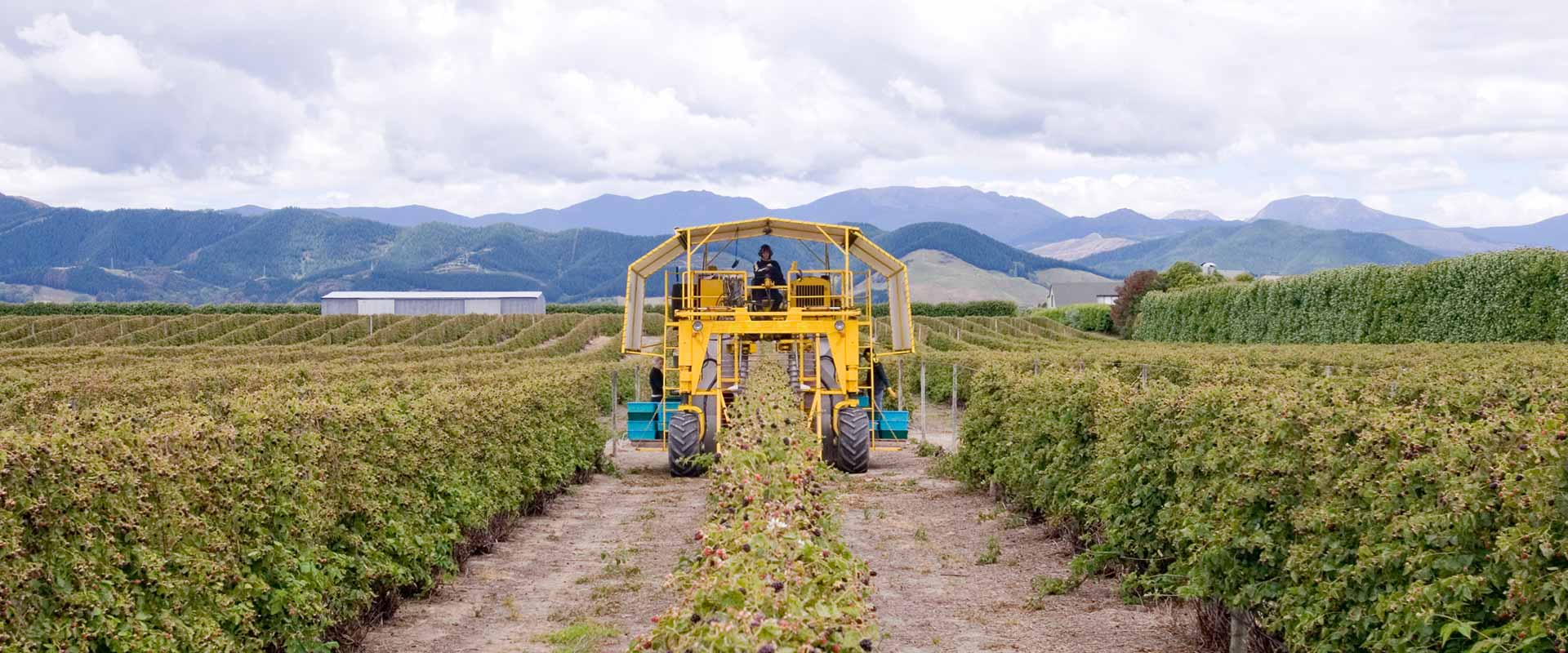Assessing the Effectiveness of On-Farm Mitigation Actions
July 2012
This research summary describes how effective on-farm mitigations have been so far, by comparing losses of nitrogen (N), phosphorus (P) and sediment in 1995 and 2015. It also models what would be possible for future water quality in 2035 if every farm in New Zealand adopted every known mitigation. This information is crucial to helping farmers in degraded catchments decide whether to continue investing in mitigation actions or consider making changes to land use or land-use intensity.
Key points:
- Our rivers would be in much worse condition today if farmers had not adopted better practices between 1995 and 2015.
- Significantly more nitrogen (45% more) and phosphorus (98% more) would have entered rivers from dairy-farmed land between 1995 and 2015 if farmers hadn’t changed their practices.
- On sheep and beef farmed land, 30% more sediment would have entered rivers between 1995 and 2015 if farmers hadn’t their practices.
- Researchers estimated that if all known and developing mitigation actions were implemented by all dairy and sheep and beef farmers by 2035, potential loads of nitrogen and phosphorus entering rivers might decrease by one-third, and sediment by two-thirds, compared to 2015. For many catchments, this will be enough to meet current water quality objectives.
Research Findings Brief prepared by Our Land and Water
Source: Quantifying contaminant losses to water from pastoral land uses in New Zealand II. The effects of some farm mitigation actions over the past two decades Ross Monaghan, Andrew Manderson, Les Basher, Raphael Spiekermann, John Dymond, Chris Smith, Hans Eikaas, Richard Muirhead, David Burger, Richard McDowell. Preprint available on request.
Quantifying contaminant losses to water from pastoral land uses in New Zealand III. What could be achieved by 2035? R.W. McDowell, R.M. Monaghan, L.C. Smith, A. Manderson, L Basher, D. Burger, S. Laurenson, P. Pletnyakov, Spiekermann R (New Zealand Journal of Agricultural Research, November 2020) https://doi.org/10.1080/00288233.2020.1844763
Implications of water quality policy on land use: A case study of the approach in New Zealand R. W. McDowell, P. Pletnyakov, A. Lim and G. Salmon (Marine and Freshwater Research, October 2020) https://doi.org/10.1071/MF20201
Nitrogen loads to New Zealand aquatic receiving environments: comparison with regulatory criteria Ton H. Snelder, Amy L. Whitehead, Caroline Fraser, Scott T. Larned & Marc Schallenberg (New Zealand Journal of Marine and Freshwater Research, May 2020) https://doi.org/10.1080/00288330.2020.1758168
Research Findings Brief: Quantifying excess nitrogen loads in fresh water, Our Land and Water (Toitū te Whenua, Toiora te Wai) National Science Challenge 2020
 View Our Strategy Document 2019 – 2024
View Our Strategy Document 2019 – 2024



